Pregnancy is one of the most important and life-changing experiences for any woman. It is a time of great joy, but also a period when the health of both the mother and the unborn child must be carefully monitored. One of the critical components in ensuring the safety and wellbeing of both is radiology. The use of imaging technology during pregnancy allows healthcare professionals to track the development of the fetus, detect potential issues early, and help manage the health of the mother. In this article, we will explore how radiology contributes to maternal and fetal health during pregnancy and why it is essential in this journey.
The Role of Radiology in Pregnancy
Radiology refers to the use of medical imaging techniques to diagnose and monitor health conditions. During pregnancy, it is an essential tool in monitoring the growth and development of the fetus, as well as identifying any potential risks or complications that may arise. Common imaging methods used in pregnancy include ultrasound, X-ray, and MRI (Magnetic Resonance Imaging). Among these, ultrasound is the most commonly used due to its safety and non-invasive nature.
Ultrasound in Pregnancy
Ultrasound imaging uses high-frequency sound waves to create images of the inside of the body. This technique is widely used in pregnancy to monitor the fetus and check for any abnormalities. It helps doctors assess the baby’s growth, determine the due date, check the number of babies, and even identify issues such as fetal heart problems or abnormalities in the structure of the fetus.
One of the primary reasons for using ultrasound during pregnancy is to track the development of the fetus. It allows healthcare providers to measure the size of the baby and check for any signs of growth restrictions. By examining the baby’s organs, bones, and other structures, ultrasound also enables doctors to detect any developmental concerns early in the pregnancy, which can help guide the course of medical care.
Detecting Risks and Complications
In addition to monitoring the growth and development of the fetus, radiology plays a key role in detecting potential risks and complications during pregnancy. Some of the common conditions that radiology can help identify include:
-
Ectopic Pregnancy: A condition in which the embryo implants outside the uterus, typically in the fallopian tube. Ultrasound imaging is vital in diagnosing this condition early, as it can be life-threatening if not treated promptly.
-
Placental Problems: Conditions such as placenta previa or placental abruption can be detected through ultrasound. These conditions can lead to bleeding or other complications during delivery, making early diagnosis crucial for proper management.
-
Fetal Malformations: Ultrasound can detect physical abnormalities in the fetus, such as cleft lip, heart defects, or limb abnormalities. Early detection allows for timely interventions and informed decision-making by parents and healthcare providers.
-
Amniotic Fluid Levels: The amount of amniotic fluid surrounding the baby can be monitored with ultrasound. Both too little and too much amniotic fluid can indicate potential problems, including fetal distress or growth abnormalities.
You can learn more about Fine Needle Aspiration and Core Biopsy services offered by Queensland Radiology Specialists by visiting: https://www.qldradiologyspecialists.com.au/radiology_services/fine-needle-aspiration-and-core-biopsy/
MRI in Pregnancy
While ultrasound is the most common form of radiology used during pregnancy, MRI is also occasionally used. MRI can provide detailed images of both the mother and fetus, particularly in complex cases where additional information is needed. For instance, MRI may be used when there is a suspected abnormality that cannot be clearly seen with ultrasound. It is a safe imaging method for the fetus as it does not involve radiation.
MRI is particularly useful for examining the placenta, brain, and spine of the fetus. In some cases, it can be used to evaluate conditions like brain malformations, congenital heart conditions, or abnormalities in the structure of the fetal organs. MRI is generally only used when it is necessary to gather more information beyond what ultrasound can provide.
The Safety of Radiology During Pregnancy
Radiology is generally safe for both the mother and the fetus when used correctly. Ultrasound is considered safe for use throughout pregnancy and is routinely performed to monitor fetal health. The use of X-rays and CT scans is more limited, as radiation exposure can pose risks to the developing baby. For this reason, X-rays and CT scans are typically avoided unless absolutely necessary.
MRI, on the other hand, does not involve radiation and is considered safe for use during pregnancy. However, it is generally only used when other methods such as ultrasound are not sufficient. Healthcare providers take great care in ensuring that the benefits of using radiology outweigh any potential risks.
How Radiology Affects Maternal Health
While the primary focus of radiology during pregnancy is the health of the fetus, it also plays a role in monitoring the health of the mother. For instance, ultrasound can help assess the condition of the uterus and ovaries, and detect any abnormalities such as fibroids or ovarian cysts that might affect the pregnancy. Additionally, certain imaging techniques can be used to track the health of the placenta, which is vital for supplying nutrients and oxygen to the baby.
By closely monitoring the health of both the mother and the fetus, radiology ensures that any potential issues are identified early, allowing for timely interventions. This helps improve the chances of a healthy pregnancy and a successful delivery.
PRP Treatment Brisbane: Enhancing Maternal Health
While radiology is crucial for monitoring the health of both mother and child during pregnancy, it is also important to consider other treatments that can support overall maternal wellbeing. One such treatment is Platelet-Rich Plasma (PRP) therapy. PRP Treatment Brisbane has gained attention in various medical fields for its regenerative properties, particularly in promoting tissue repair and improving healing processes. In the context of pregnancy, PRP therapy can assist with conditions such as pelvic pain, ligament injuries, and certain complications that affect the pelvic floor. It can enhance recovery and support overall health, which is crucial for expecting mothers. For women in Brisbane, PRP treatment can be an effective supplementary option to improve health during pregnancy.
Conclusion
Radiology plays an indispensable role in ensuring the health and wellbeing of both the mother and the child during pregnancy. Through the use of ultrasound and MRI, healthcare professionals can monitor fetal growth, detect abnormalities, and identify any risks or complications early on. With proper imaging, any potential problems can be addressed in a timely manner, helping ensure a safe pregnancy and delivery. As medical technology continues to advance, radiology will undoubtedly remain a cornerstone of prenatal care, safeguarding the health of mothers and their babies.
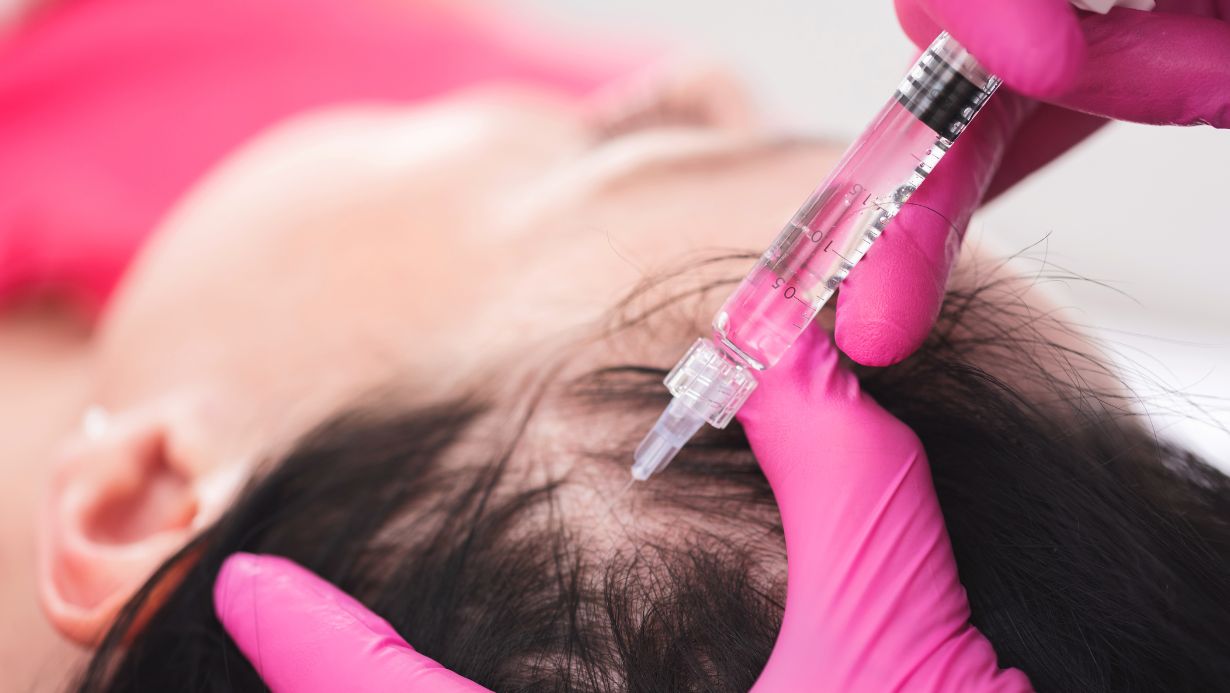


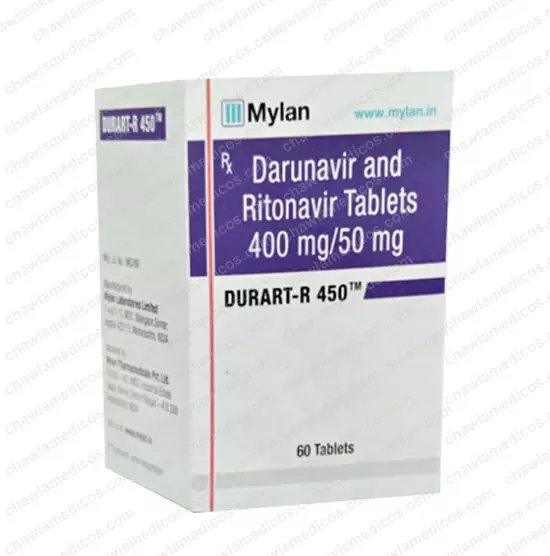
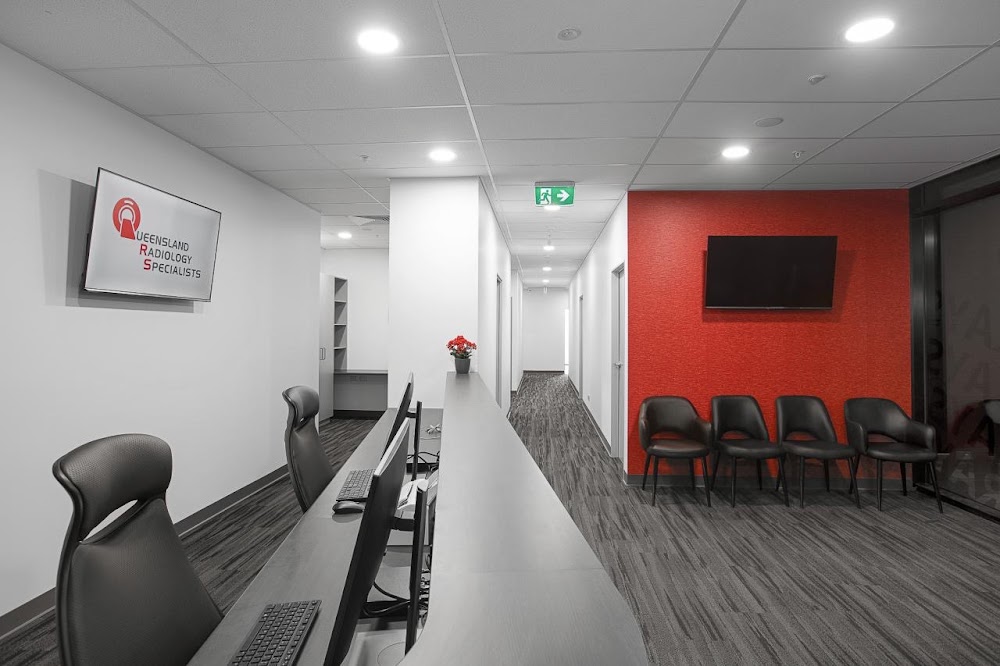




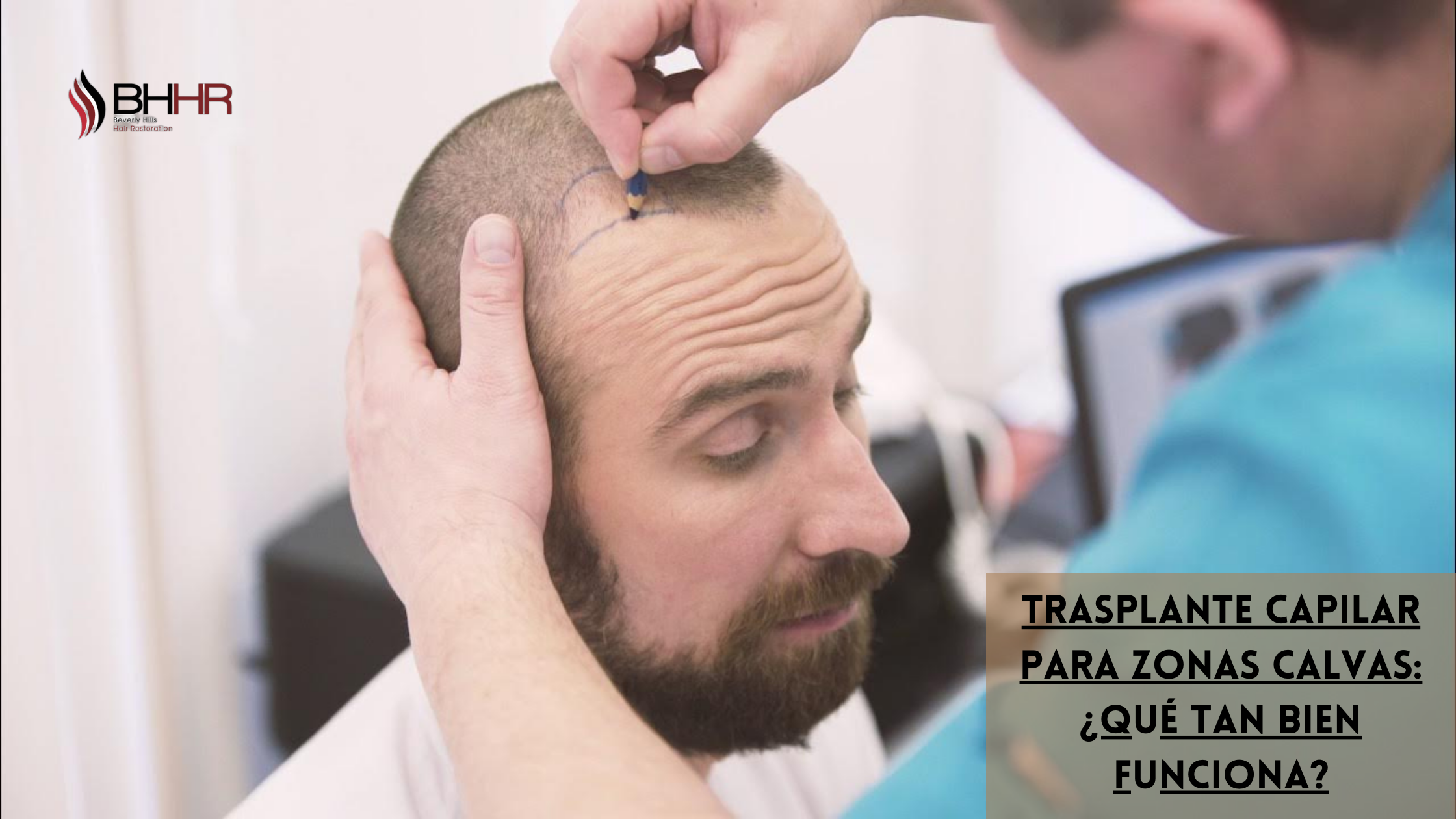
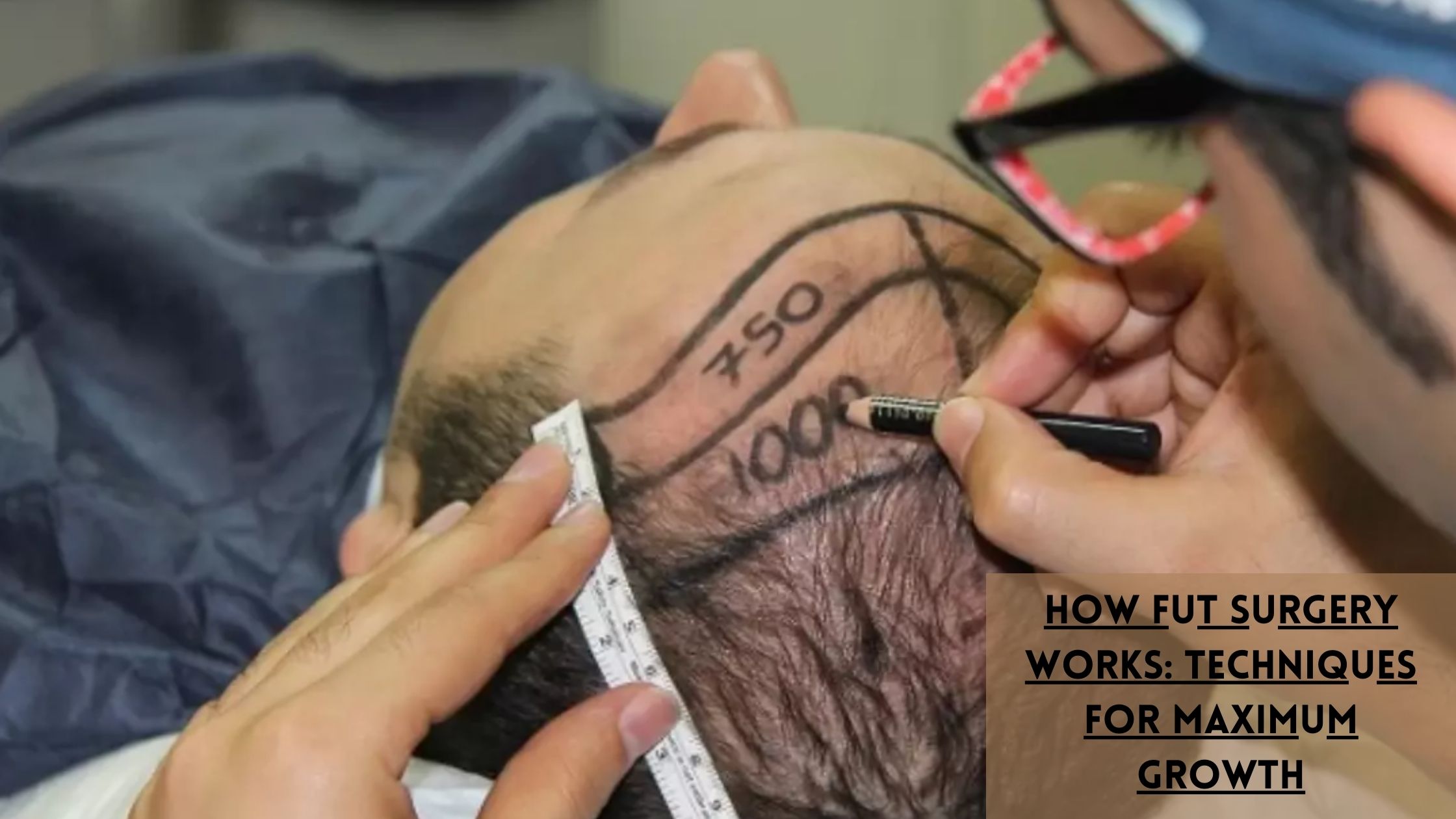




Leave a Reply